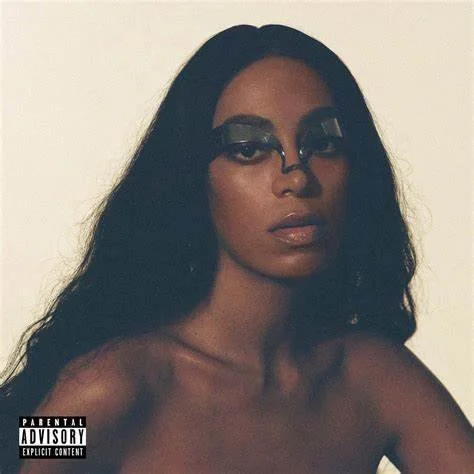Solange - When I Get Home
Solange Knowles, best known as Solange, is a Houston-born singer/songwriter. Often overlooked for her relation to older sister Beyoncé, Solange is just as musically talented. Her first studio album, Solo Star, was released in 2002 at age 16. She has been creating music for over two decades but did not develop her signature R&B sound until the early 2010s. Created as a follow-up to the 2016 album A Seat at the Table, her fourth studio album, When I Get Home, goes above and beyond displaying Solange’s musical talent and intense songwriting abilities.
Solange - When I Get Home
When I Get Home consists of 19 tracks, which may seem lengthy, but many are interludes or intermissions. The record exists as an exploration of Houston, Texas, and pays homage to the predominantly black musical spaces that existed/still exist there. At its core, it is an R&B album. Despite this, the electronic and drum and bass genres have an astronomical influence on this album. With this specific sound, it is no surprise many tracks are co-produced by artists like Dev Hynes, Tyler the Creator, Earl Sweatshirt, and Steve Lacy, to name a few. Going further, much of the music on this record is inspired by chopped-and-screwed hip-hop which also originated in Solange’s hometown of Houston. As mentioned, this record serves as a love letter to her home and the predominantly black music scenes she grew up with/takes inspiration from. Tracks like “Almeda,” “My Skin My Logo,” “We Deal With the Freak’n (intermission),” and “Not Screwed! (interlude)” are direct examples of this idea. The record celebrates her blackness and the Houston culture she grew up in, hence the name When I Get Home. Her soft and heart-wrenching vocals drown this album with raw emotion. The instrumentals can be sparse, almost cloud-like, especially with slower songs and interludes. With blends of jazz, R&B, electronic, and soul, this record moves around a lot but keeps the listener grounded for all 39 minutes.
I often find my way back to this album every spring/summer, searching for a record to put on. My relationship with this album and my first listen is probably playing a role in that. In May 2019, I based an English project revolving around lyricism and art expression on songs and artwork from this very album. My little 16-year-old self was obsessed with the visuals done by Spanish photographer Carlota Guerrero, as well as the story-like flow of When I Get Home. From track 1 down to track 19, the listener glides in and out of each song almost seamlessly. This happens literally with tracks like “Jerrod” into “Binz” and “Almeda” into “Time (is).” Song titles like “Way to the Show” and the actual album title When I Get Home allude to the idea of following Solange on some sort of self journey. She feeds into this idea and takes the listener on a complete expedition sonically, lyrically, and visually.
Relation to Beyoncé aside, I often feel like this album is overlooked when discussing her discography. A Seat at the Table had such an impact culturally and musically, so I often see talk of Solange’s artistry directed towards that record and only one or two songs from this record. Despite this cultural acclaim for her 2016 album, which I also think is phenomenal, A Seat at the Table offers Solange’s full potential and shows her fiery passion for this art.
Essential Tracks
As always, my hope is for all of you reading to listen through the album entirely. When I Get Home offers a variety of star tracks that I think everyone should listen to at least once. If you are short on time, here are just six.
